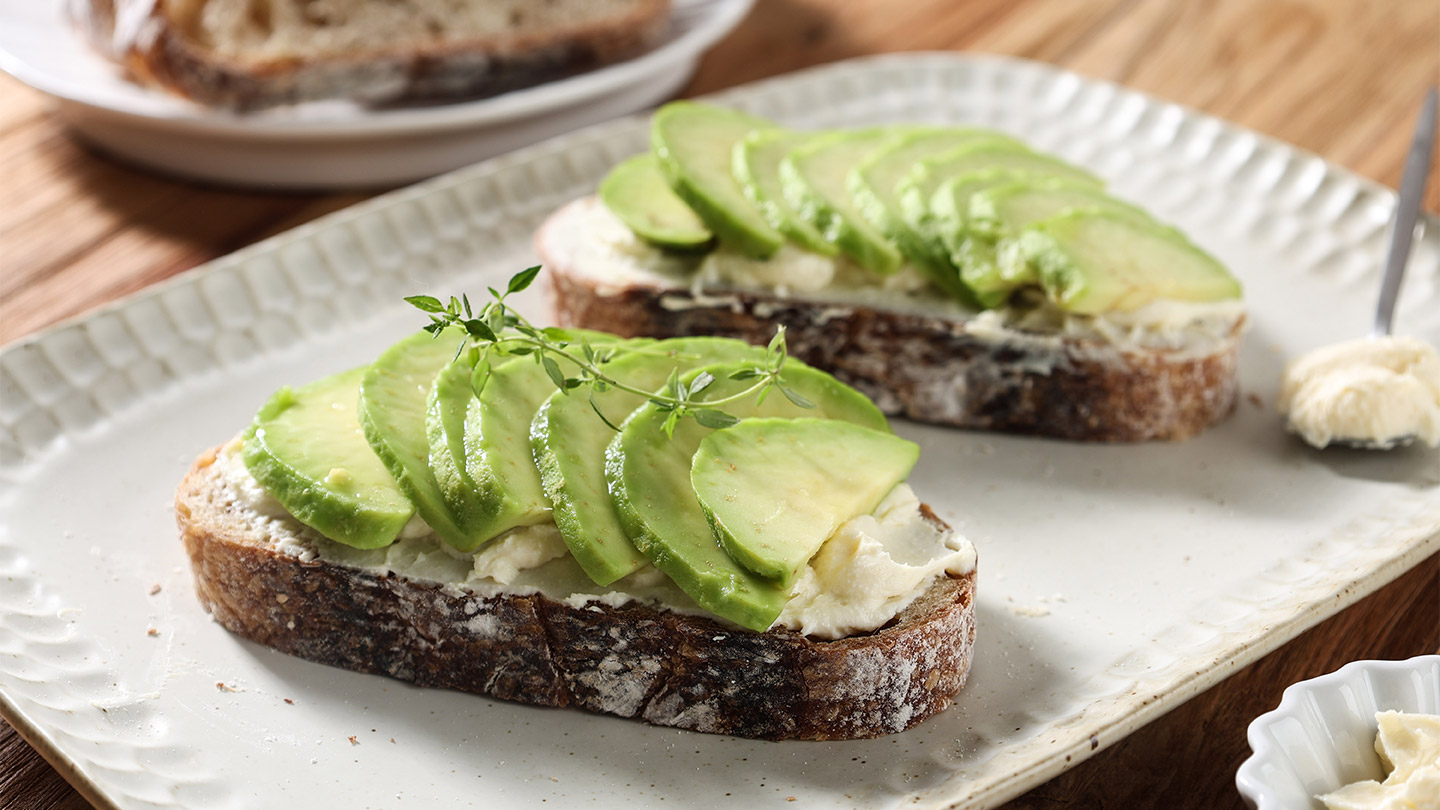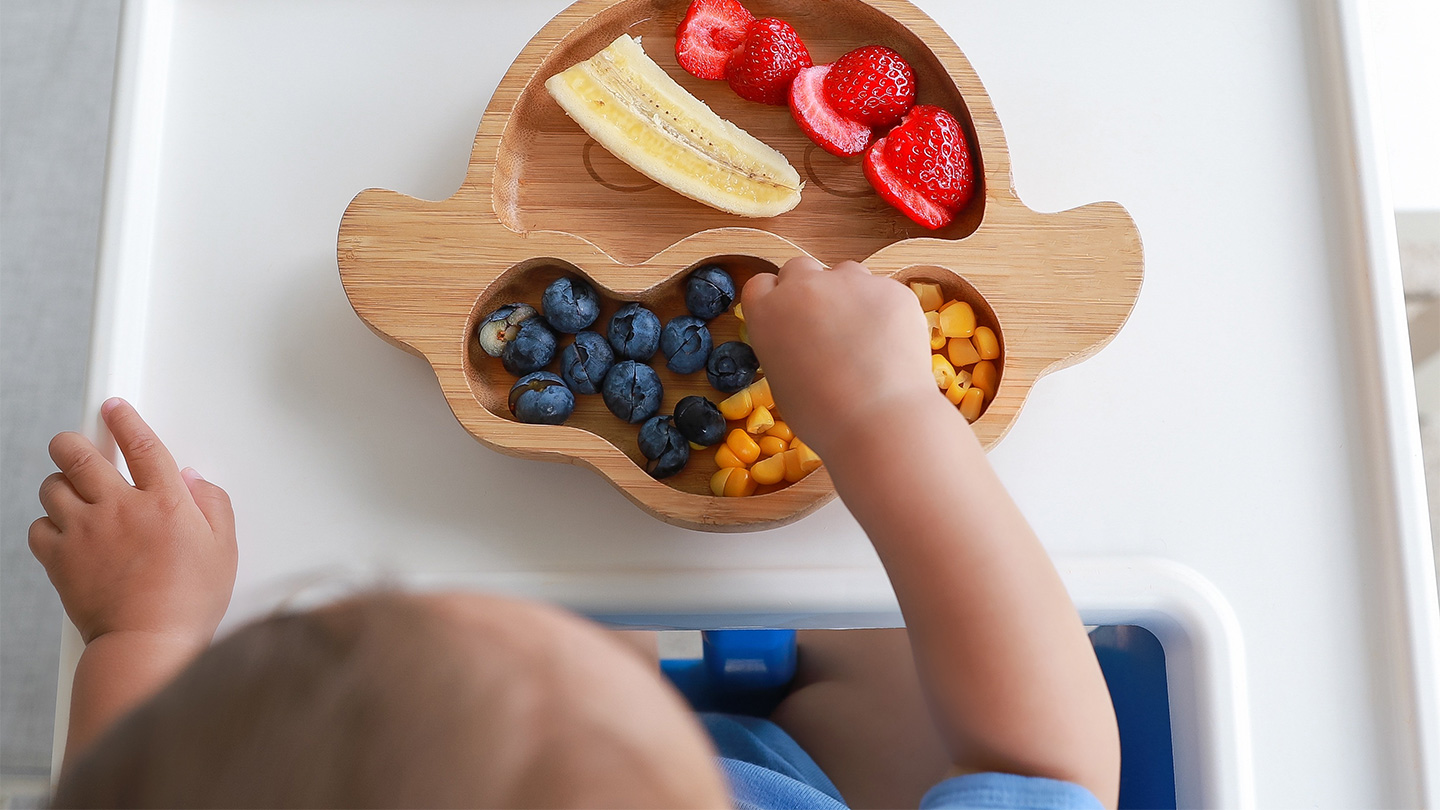Nutrition
Eat Smart: Design Your Dinner For Better Metabolic Health
Dinner is often the most overlooked meal of the day. Let’s explore how to design an Indian dinner for better metabolism, which foods to include, what to avoid, and how meal timing can transform your health.

Your metabolism naturally slows down in the evening due to your circadian rhythm. Having a heavy, calorie-dense dinner late at night can overwhelm digestion, cause blood sugar spikes, disrupt sleep, and promote fat storage. The Journal of Nutrition, 2019, suggests that people who finish dinner before 8 pm might have a 20 percent lower risk of obesity and metabolic syndrome compared to those eating later. That’s a compelling reason to pay attention to both what you eat and when you eat.
Related story: For Your Gut and Skin: Beetroot Kanji for the Summer
Best Time to Eat Dinner
In Indian households, dinner tends to be later than in Western cultures, but ideally, it should be eaten between 7 pm and 8:30 pm. Aim to finish dinner at least 2–3 hours before going to bed to support digestion and avoid acidity or reflux. For those who sleep around 10:30 pm, wrapping up dinner by 8 pm is perfect. This timing allows your body to process nutrients effectively without compromising sleep quality.
Foods to Include for a Healthy Indian Dinner
Building a metabolism-friendly dinner includes:
- Protein: Lentils (dal), paneer, tofu, fish, eggs, or lean chicken to support muscle repair and keep you full overnight.
- High-fibre vegetables: Bottle gourd (lauki), ladyfinger (bhindi), beans, carrots, spinach, and other seasonal produce to enhance gut health and regulate blood sugar.
- Complex carbohydrates: Whole wheat roti, brown rice, bajra or jowar rotis, and millets, which release energy slowly and prevent late-night cravings.
- Healthy fats: A small amount of ghee or cold-pressed oils help absorb fat-soluble vitamins and maintain hormonal balance.
- Fermented foods: A bowl of curd or raita introduces probiotics to support a healthy gut microbiome.
Related story: 3 Easy Snacks for Healthier Eating
For example, a balanced Indian dinner might include one bajra roti, a mixed vegetable sabzi, moong dal, cucumber salad, and a teaspoon of ghee. Another great option is grilled fish with sautéed greens, a small portion of rice, and a homemade raita.
Related story: The A-Z of Indian Superfoods: Ghee
Foods to Avoid at Dinner
Some foods can stress your digestive system and slow your metabolism when eaten at night:
- Heavy, creamy gravies and all your favorites like paneer makhani, butter chicken, or malai kofta.
- Deep-fried dishes such as pakoras, puris, or bhature.
- Sugary desserts like gulab jamun, jalebi, or ice cream.
- Soft drinks or packaged juices, which are high in sugar and additives.
- Alcohol, as it can disturb sleep patterns and disrupt fat metabolism.
- Even excess raw salad, late at night may cause bloating in some people.
Remember, your body is winding down for the night, so keeping dinner light and easy to digest is essential.
Related story: The Underrated Benefits of An Early Dinner
Why Lighter Dinners Work Best
During the day, your insulin sensitivity is higher, meaning your body handles carbohydrates more efficiently. By night, your natural hormone levels shift toward rest and repair, making you more likely to store excess calories as fat. A lighter, protein-rich dinner ensures you meet your nutritional needs without burdening your system.
When you plan your Indian dinner with metabolism in mind, focus on three things: quality, portion size, and timing. Choose protein, seasonal vegetables, moderate complex carbohydrates, and healthy fats, while avoiding creamy gravies, fried items, and late-night sweets. Eating dinner by 8:30 pm and giving yourself a 2–3 hour gap before bed will allow your body to process and recover properly.
In the long run, these simple dinner habits can support weight management, regulate blood sugar, and help you wake up feeling refreshed. So, next time you sit down to an evening meal, remember: a well-designed dinner is the secret ingredient to a healthier, more energetic you.
Get instant access to personalised nutrition advice just for you. Sign up here.
EXPLORE MORE
Want to boost your liver health naturally? The secret lies not just in what you eat but how you pair it.
Feeling groggy when you wake up? A simple glass of water might be the secret to better energy, clearer thinking, glowing skin, and an even happier mood.
Turn mealtimes into playful adventures with these fun ways to help your kids build healthy eating habits.
Shedding kilos doesn’t have to be about restriction and sacrifice: follow the 30-30-30 method and discover how to enjoy all aspects of life while achieving your fitness goals.












